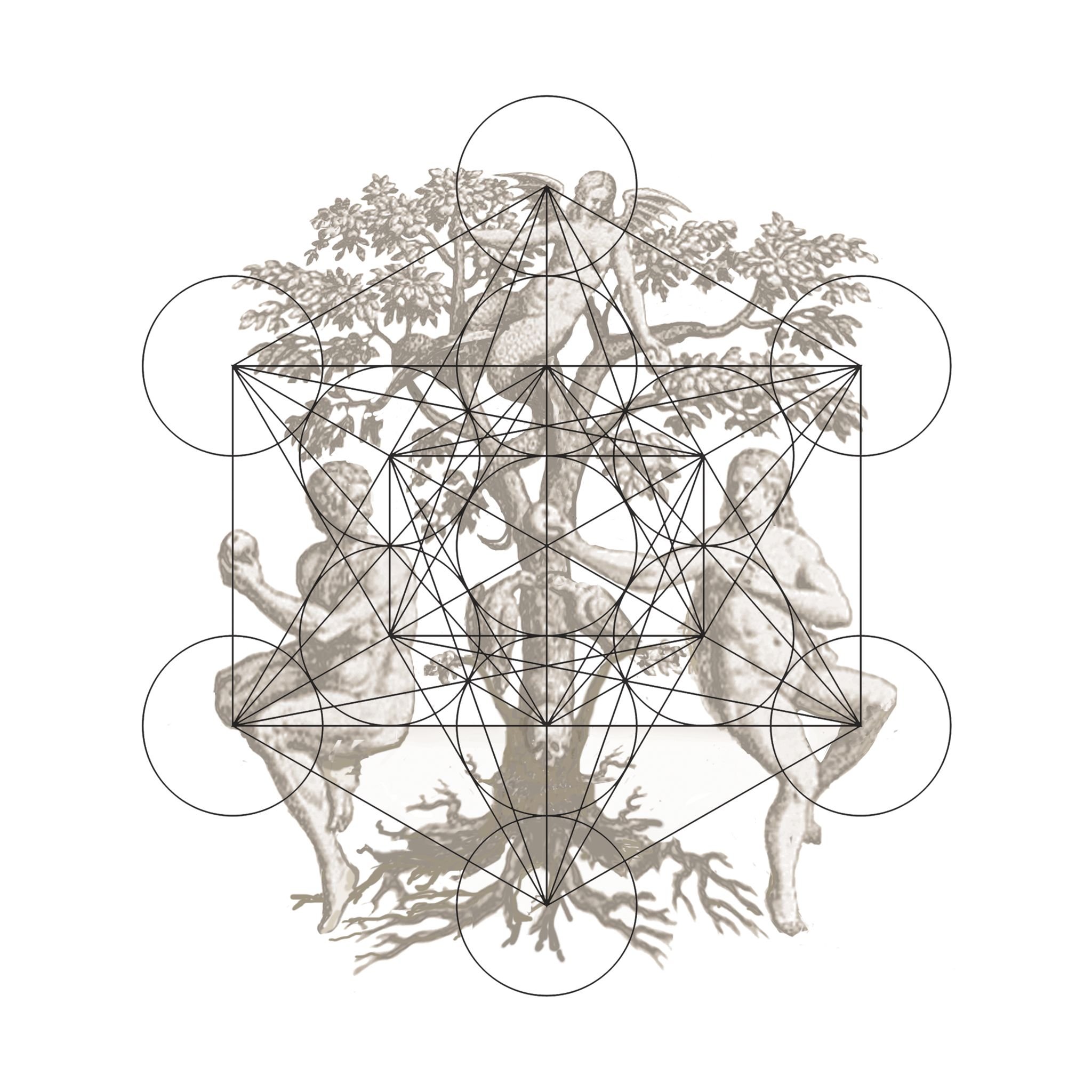
INTRODUCTION :
Giorgio Morandi
These paintings are a result of Simon Averill’s ongoing fascination with landscape. More specifically they are an attempt to respond to the fleeting and transitory effects of light and how it acts upon particular locations that hold a resonance for him. These paintings are not intended, however, to be a specific record of a place; on site he might make drawings and often reference notes, but by the time he reaches the studio and tries to draw out the memory, we reach a different locus altogether...
Read more/less
The process of painting introduces infinite variables. In Averill’s case, the early formative stage of making a painting is full of speculative painterly language. In the latter phase, Averill’s preoccupation is with the surface of the paint itself as an attempt to establish a balance and subdue the maker’s mark. Averill describes a desire for the painting to feel “almost as if it might have made itself.” This is a precarious conversation with paint, of trying to control and impose his will whilst allowing the matter to have its say. Averill states “When it works well it is a dialogue.”
Some time ago, Averill made the decision to pare down and simplify, in order to try and capture the essential aspects of his subject. As a result the use of colour also became more restrained. In these recent works it is used tonally to warm or to cool. He has also simplified the illusory space in the paintings - preferring to concentrate on a relatively narrow depth of field; and compositionally some of the mark-making concentrates the eye on and just below the surface.
Despite an apparent simplicity, paradoxically, these works reintroduce a considerable degree of visual complexity. Strong vertical strokes have been used as a kind of intuitive geometry to divide the picture plane, creating a sense of pace and rhythm. In some, irregular discs of translucent pale glazes catch the eye and keep it on the move, whilst in others, the illusory ripples create movement but also serve to compress the space. These simple repeated compositional motifs, applied in layers, give the paintings an optical resonance that, on first viewing, can cause the eye to skim across the surface, constantly having to re-focus; a kind of implied movement occurs. Yet in contradiction, these paintings encourage immersive scrutiny – to be within the painting.
I am reminded of a quote by the painter Ian McKeever where he talks of “The meeting point of the world out there and in here, what is the edge that separates me ?” Time spent with Simon Averill’s paintings provide us, the viewer, with a platform to ponder this question. Mark Rothko once said that “Art is an anecdote of the spirit, and the only means of making concrete the purpose of its varied quickness and stillness.” The inherent balance within these works provide us with both states - a space where we can meditate on and come to terms with the ephemeral of that which we witness and that which we are – at the core of their intricacy is a moment of oneness and understanding – a contemplative place of external and internal enlightenment.
Joseph Clarke. 2011
ONLINE CATALOGUE (click below) :
ARTIST INTERVIEW FILM :


